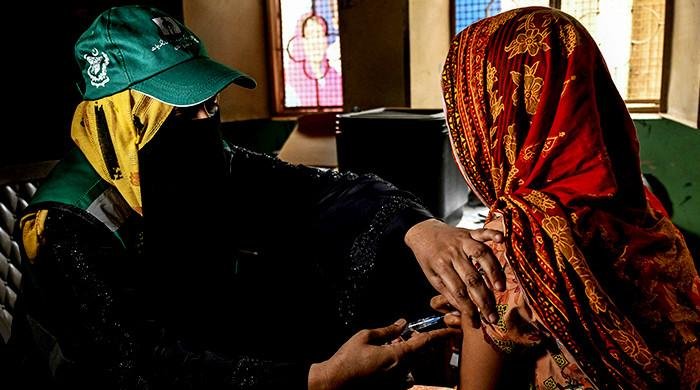Nepal’s political landscape has been shaken after Prime Minister KP Sharma Oli announced his resignation following two days of violent protests. The unrest, led primarily by Gen Z demonstrators, spread across Kathmandu and other major cities, leaving the nation in turmoil.
Social Media Ban Sparks Anger
The immediate trigger for the protests was the government’s decision to impose a ban on social media platforms, citing non-compliance with registration laws. For young people, especially Gen Z, the ban was seen as an attack on digital freedoms and a silencing of voices.
However, the demonstrations were fueled not only by the ban but also by deep-rooted anger over systemic corruption, which has long plagued Nepal’s governance. Protesters accused political leaders of enriching themselves while ignoring the country’s growing economic and social challenges.
Violence Erupts Across Kathmandu and Beyond
The protests quickly escalated into violence, with at least 19 people killed and over 400 injured during clashes with security forces. Police responded with tear gas, rubber bullets, and batons as demonstrators attempted to push through barricades.
In Kathmandu, angry crowds stormed the parliament building, vandalizing offices and damaging property. Elsewhere, the unrest spread to provincial cities, further exposing the widespread dissatisfaction with the government.
Political Leaders’ Homes Set Ablaze
The fury of the protesters extended to political figures personally, with several leaders’ homes set on fire during the unrest. Plumes of smoke were seen rising from residential neighborhoods as demonstrators vented frustration at what they viewed as decades of failed leadership.
The attacks symbolized a dramatic collapse of public trust in Nepal’s political class, signaling a growing generational divide between young citizens and the establishment.
Tribhuvan International Airport Shut Down
Adding to the chaos, protesters forced the closure of Tribhuvan International Airport, Nepal’s busiest aviation hub. Officials confirmed the shutdown was necessary due to aircraft safety risks, as demonstrators blocked access routes and surrounded key airport facilities. The disruption left flights suspended and passengers stranded, amplifying the crisis’s economic and social impact.
Oli Steps Down Under Pressure
Facing mounting casualties, destroyed property, and a collapsing sense of order, KP Sharma Oli resigned from his post, acknowledging his government’s failure to address the crisis. His resignation reflects both the intensity of public anger and the unprecedented mobilization of Nepal’s youth, who have emerged as a decisive political force.
With Oli’s exit, Nepal enters a period of uncertainty as citizens demand not only new leadership but also meaningful reforms to tackle corruption and restore democratic freedoms.





